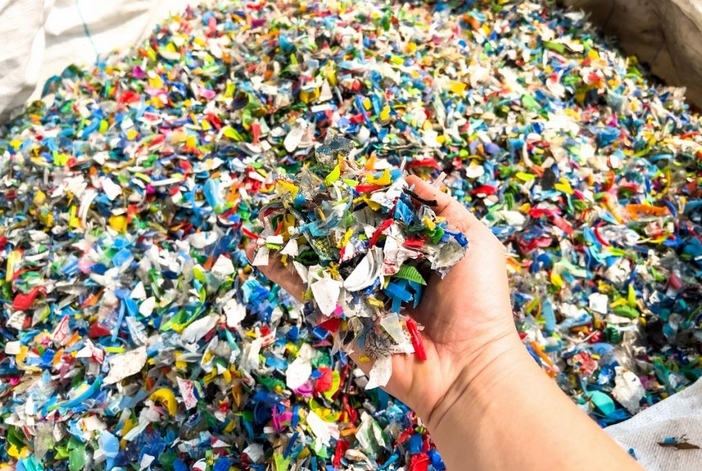
plastic recycling is actually a complex method influenced by the types of plastic materials involved and also the obstacles they existing. Here’s a close look in the various kinds of plastic-type material and the recycling challenges related to every single.
Plastic materials are classified into seven resin detection regulations, or RICs, according to their compound structure. These include Animal (Polyethylene Terephthalate), HDPE (High-Solidity Polyethylene), PVC (Polyvinyl Chloride), LDPE (Very low-Density Polyethylene), PP (Polypropylene), PS (Polystyrene), as well as others.
Dog, popular in drink containers, is probably the most widely re-cycled plastic materials due to its clearness and recyclability. HDPE, found in milk products jugs and detergent containers, is yet another highly recyclable plastic. Even so, PVC presents challenges for its harmful chemicals, rendering it significantly less desired for trying to recycle.
LDPE, used in plastic-type hand bags and wraps, facial looks recycling challenges due to its light in weight and low melting position. PP, present in foods containers and packaging, is recyclable but often toxified with meals remains. Playstation, widely used in throw away cups and meals containers, is recyclable although not widely accepted by trying to recycle applications.
Trying to recycle obstacles develop from various factors, which include contaminants, insufficient system, and industry demand. Contaminated plastics, including those with meals remains or merged resources, are not as easy to reuse and may wind up in landfills. Substandard recycling system limits the ability to process plastics effectively.
Market require also impacts plastic recycling. The accessibility to consumers for reprocessed plastics has an effect on the viability of recycling plans. Without having ample desire, recycled plastic materials may build up and stay unused, undermining recycling attempts.
To address these difficulties, projects working on boosting trying to recycle facilities, endorsing buyer schooling, and establishing markets for reprocessed plastics are necessary. Purchasing innovative searching and cleansing technologies can increase the grade of re-cycled plastic materials and increase their applications.
To conclude, understanding the sorts of plastic-type material and also the obstacles they present is very important for successful recycling. By responding to these difficulties through collaborative efforts, we could maximize the benefits of plastic recycling and move towards a much more lasting potential.